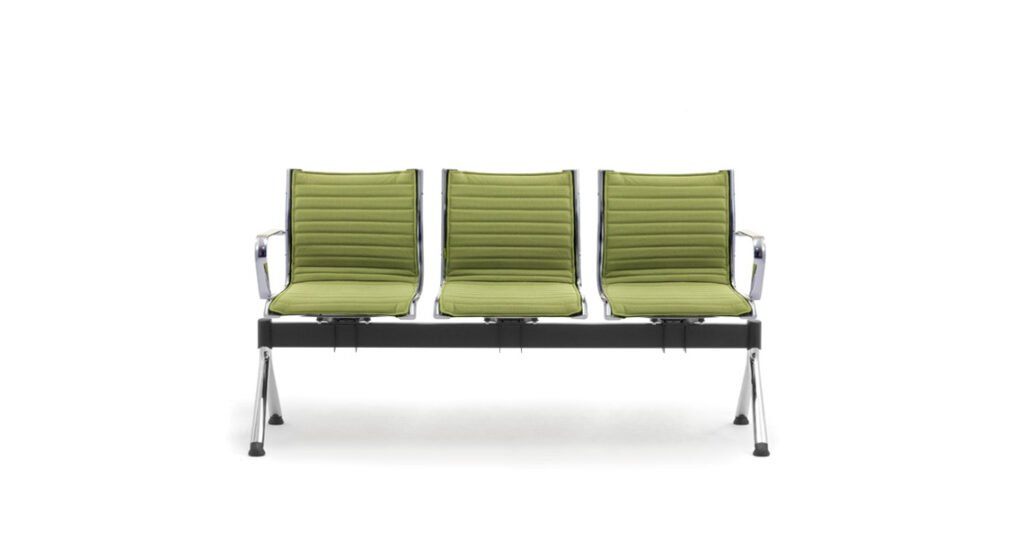Waiting areas are often the first point of contact between a business or healthcare facility and its visitors. In recent years, the expectations for these spaces have evolved significantly. Today, organizations demand waiting chairs that combine aesthetics, comfort, durability, and hygiene. As a result, manufacturers have embraced new design approaches, technologies, and materials to meet these needs. This article explores the most important trends shaping waiting chair manufacturing in healthcare and commercial environments.
A Focus on Versatility and Customization
One of the most notable trends is the shift toward flexible and customizable seating solutions. Businesses and healthcare providers want options that can be adapted to their unique spaces and requirements. A reputable waiting chair manufacturer offers modular configurations, allowing facilities to mix and match components such as linked seating, corner units, or standalone chairs.
This modular approach not only helps optimize floor plans but also allows organizations to adapt layouts over time as patient or customer flow changes. Customization now extends beyond layout: buyers can select upholstery materials, frame finishes, cushioning levels, and branding details to create a cohesive, welcoming environment.
Infection Control and Easy Maintenance
Especially in healthcare environments, infection prevention has become a top priority. Manufacturers are responding by prioritizing materials and finishes that are easy to clean and sanitize without degrading over time. Key innovations include:
-
Antimicrobial upholstery: Many waiting chairs now feature fabrics or vinyl infused with antimicrobial agents to inhibit bacteria and mold growth.
-
Seamless construction: Smooth, minimal seams reduce places where dirt and pathogens can collect.
-
Durable coatings: Powder-coated metal frames and moisture-resistant barriers protect surfaces from frequent disinfecting.
These features help clinics, hospitals, and public spaces maintain rigorous hygiene standards while extending the life of their furniture.
Ergonomic and Inclusive Design
Comfort and accessibility have become essential considerations in modern seating design. Manufacturers are adopting ergonomic principles to support better posture and reduce discomfort during extended waiting periods. Features gaining popularity include:
-
Contoured backrests that provide lumbar support
-
Waterfall seat edges to improve circulation
-
Adjustable arms to assist with sitting and standing
-
Seat heights and depths that accommodate a diverse range of body types
At the same time, inclusive design ensures compliance with regulations like the Americans with Disabilities Act (ADA). Accessible seating areas are increasingly integrated into overall layouts rather than treated as separate sections, fostering inclusivity and equal access.
Sustainable Materials and Production Methods
Sustainability continues to be a driving factor in commercial furniture procurement. Many organizations prioritize vendors who demonstrate environmental responsibility. In response, manufacturers are embracing:
-
Recycled metals and plastics in frames and components
-
FSC-certified wood sourced from responsibly managed forests
-
Water-based adhesives and low-VOC finishes that improve indoor air quality
-
Energy-efficient production processes that lower carbon emissions
These sustainable practices not only reduce environmental impact but also appeal to customers and employees who value green initiatives.
Aesthetics That Enhance Well-Being
Design trends have moved far beyond utilitarian seating. Today, waiting chairs are recognized as part of the overall experience and identity of a space. In healthcare environments, calming colors and organic textures can help ease patient anxiety. In commercial settings, bold colors and modern silhouettes reflect a brand’s personality and professionalism.
Manufacturers are investing in extensive upholstery libraries and offering customizable finishes to ensure each facility can create the right impression. The blending of residential-inspired design elements with commercial durability is becoming the new standard.
Integrated Technology
Technology integration is another area of growth in waiting chair manufacturing. As people rely more on personal devices, charging ports and power outlets have become valuable amenities. Some of the latest seating solutions include:
-
USB and AC charging ports built into armrests or side tables
-
Under-seat lighting for enhanced safety and ambiance
-
Wireless charging surfaces for added convenience
These features help waiting areas become more functional and user-friendly, supporting productivity and comfort.
Durability for High-Traffic Environments
Finally, the demand for durable seating that withstands heavy use has never been higher. In both healthcare and commercial spaces, chairs must endure constant traffic while retaining their appearance and comfort. Trends in durability include:
-
Reinforced steel frames tested for high weight capacities
-
High-density foam that resists compression over time
-
Stain-resistant and fade-resistant upholstery
-
Tamper-resistant hardware to improve safety and security
Investing in robust construction ensures a longer lifecycle and lower total cost of ownership.
Conclusion
From advanced materials and modular configurations to technology integration and sustainable practices, the world of waiting chair manufacturing is evolving rapidly. These trends reflect a shared commitment to better user experiences, improved hygiene, and responsible production. By understanding and leveraging these innovations, businesses and healthcare facilities can create waiting spaces that are safe, welcoming, and adaptable for the future.
